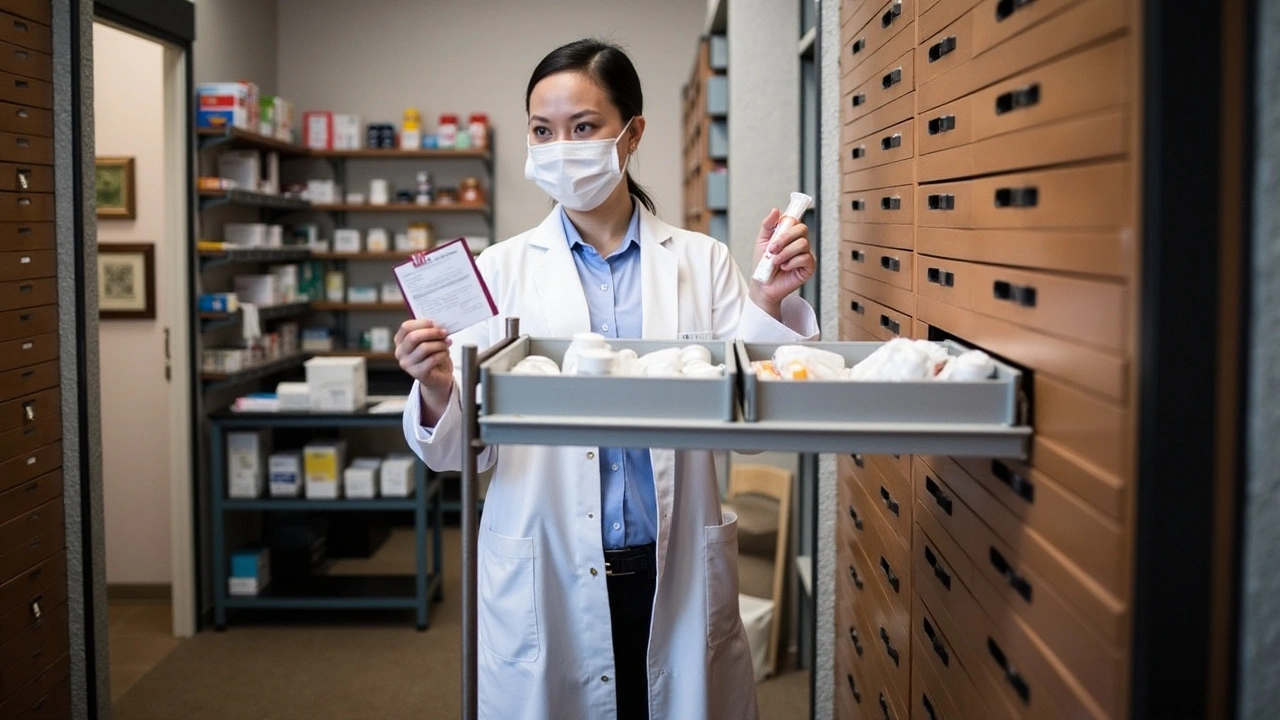Antibiotics for Acute Cholecystitis: Practical Treatment Tips (Aug 2024)
If you or someone you care for has acute cholecystitis, antibiotics are usually the first step. They treat the infection in the biliary tract, reduce inflammation, and buy time until the gallbladder can be safely removed or drained. This summary explains which drugs are commonly used, how they're given, and what happens next.
Common antibiotic choices and how they're used
In hospitals doctors often start with IV antibiotics right away. Typical choices include a beta-lactam with beta-lactamase inhibitor (for example, piperacillin-tazobactam), a third-generation cephalosporin like ceftriaxone (sometimes combined with metronidazole for anaerobes), or a fluoroquinolone such as ciprofloxacin plus metronidazole if needed. For people allergic to penicillins, doctors may pick a fluoroquinolone plus metronidazole or use aztreonam where appropriate.
Why IV? Because it reaches effective levels fast when someone is febrile, vomiting, or can't take pills. After 48–72 hours, if fever and pain improve and the patient can eat, clinicians often switch to oral antibiotics to finish the course. Total therapy typically lasts about 7–10 days for uncomplicated cases, but your doctor will set the exact duration based on how you respond.
When antibiotics aren't the whole story
Antibiotics treat the infection, but they don't fix the gallbladder problem that caused it—often gallstones. For most people, surgeons recommend cholecystectomy (gallbladder removal) after the acute episode to prevent recurrence. If surgery is too risky right away—because of age or other health issues—doctors may place a percutaneous cholecystostomy tube to drain the gallbladder and control infection first.
Doctors may take blood cultures and adjust antibiotics if cultures show specific bacteria or resistance. Local resistance patterns matter: in some areas, quinolones are less reliable, so hospitals favor broader beta-lactam options. If your symptoms don't improve within a couple of days, imaging (ultrasound or CT) and a re-check by the team are normal next steps.
Practical takeaways: expect IV antibiotics in the hospital, a switch to oral meds once you improve, and a surgical plan to prevent another attack. Watch for signs that need immediate attention—worsening fever, increasing belly pain, jaundice, or confusion—and tell your care team right away.
On this site in August 2024 we published a clear guide titled "Understanding Antibiotics for Acute Cholecystitis: Treatment Options and Procedures" that goes into specific drug names and when drainage or surgery is recommended. If you want the full post, look for the August 2024 archive or search our site for that article ID.
If you have questions about a specific antibiotic or need to know what to expect during recovery, ask your doctor—they can tailor treatment to your health history and local bacterial patterns.

Understanding Antibiotics for Acute Cholecystitis: Treatment Options and Procedures
Antibiotics are the primary treatment for acute cholecystitis, a condition marked by gallbladder inflammation often due to gallstones. These medications work against biliary tract infections, with common choices including penicillins, cephalosporins, and quinolones. Treatment usually involves IV administration in hospitals. Post-antibiotic therapy typically leads to cholecystectomy to prevent future episodes.
read more
